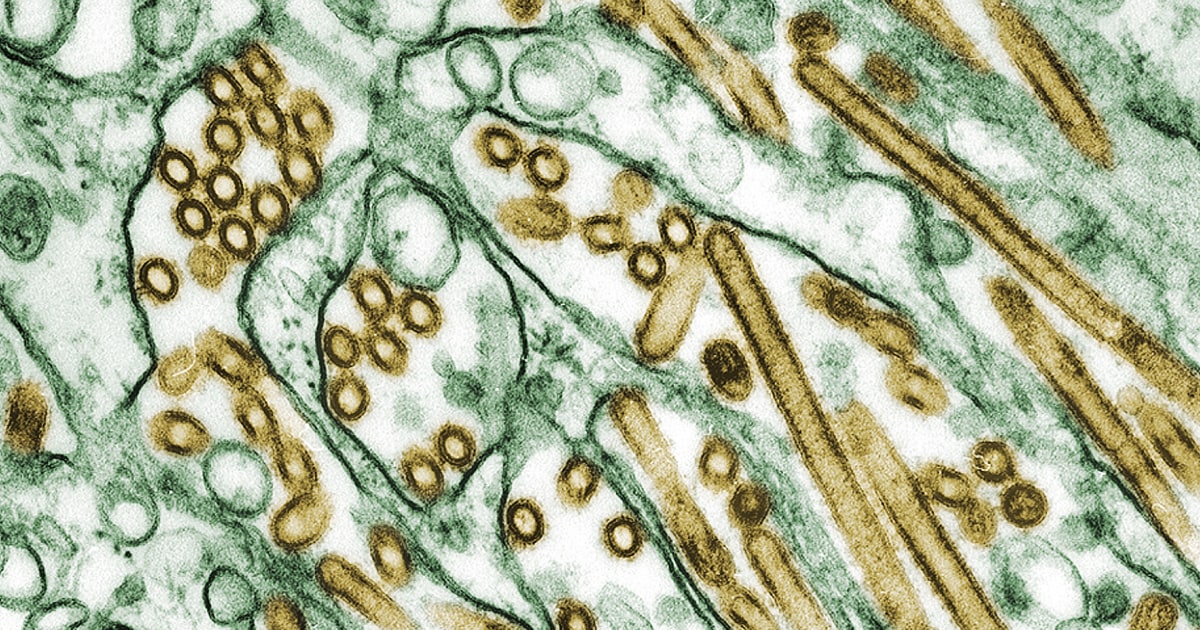
“This was a healthy teenager prior to this, so no underlying conditions,” said provincial health officer Bonnie Henry in a news conference on Tuesday.
“It just reminds us that in young people this is a virus that can progress and cause quite severe illness and the deterioration that I mentioned was quite rapid.”
British Columbia health officials said on Saturday the province had detected Canada’s first human case of H5 bird flu in a teenager.
Henry said the province is still identifying the exact strain, but assumes the case is H5N1.
The World Health Organization says H5N1’s risk to humans is low because there is no evidence of human transmission, but the virus has been found in an increasing number of animals including cattle in the United States.
Henry would not disclose the teen’s gender or age but said they had first developed symptoms on Nov. 2 and were tested on Nov. 8, when they were admitted to hospital. Symptoms included conjunctivitis, fever and coughing.
As of Tuesday they were hospitalized with acute respiratory distress syndrome, she said.
The teen had no farm exposure but had been exposed to dogs, cats and reptiles, Henry said. No infection source had been identified. “That is absolutely an ongoing investigation.”
Bird flu has infected nearly 450 dairy farms in 15 U.S. states since March, and the CDC has identified 46 human cases of bird flu since April.
In Canada, British Columbia has identified at least 26 affected premises across the province, Henry said Tuesday, and numerous wild birds have tested positive.
Canada has had no cases reported in dairy cattle and no evidence of bird flu in samples of milk.
“H5N1 has historically been able to cause critical and fatal illness,” although cases involving this subtype have tended to be mild, Dr. Amesh Adalja, an infectious disease expert at the Johns Hopkins Center for Health Security, wrote in an email, adding that it will be necessary to confirm it is indeed H5N1 and what subtype.
